Home>Ideas and Tips>Planning A Beautiful And Low-Maintenance Garden
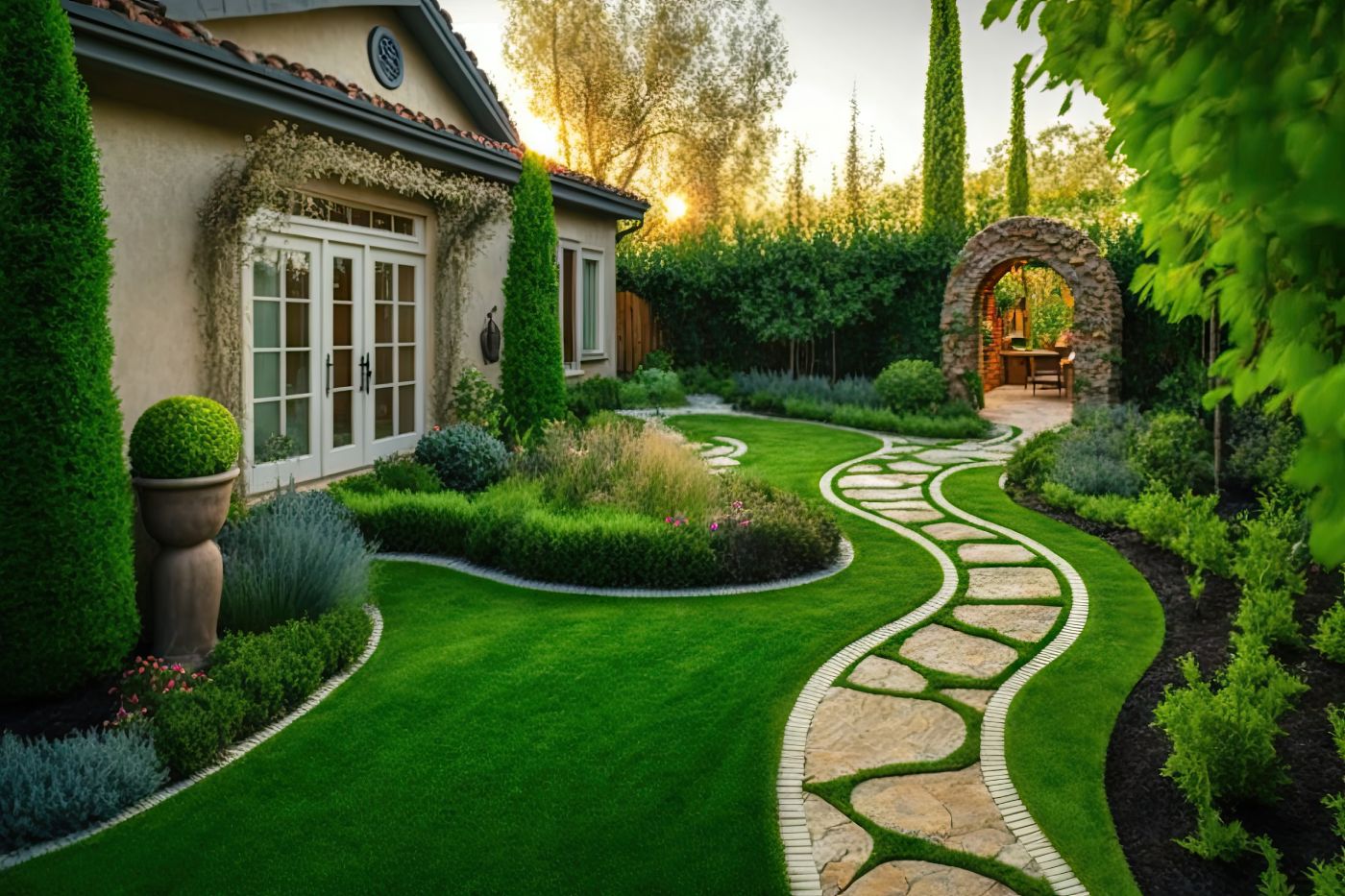

Ideas and Tips
Planning A Beautiful And Low-Maintenance Garden
Published: November 2, 2024
Learn how to create a stunning, low-maintenance garden with our expert tips on plant selection, design, and smart irrigation. Enjoy beauty without the hassle!
(Many of the links in this article redirect to a specific reviewed product. Your purchase of these products through affiliate links helps to generate commission for Storables.com, at no extra cost. Learn more)
Creating a beautiful and low-maintenance garden is a dream for many homeowners. With the right planning, selection of plants, and maintenance strategies, you can enjoy a stunning outdoor space without the hassle of constant upkeep. In this article, we will guide you through the steps to plan and maintain a gorgeous yet easy-to-care-for garden.
1. Assess Your Space
Before you start planning your garden, it's essential to assess the space you have available. Consider the size of your yard, the amount of sunlight it receives, and any existing features like trees or slopes. This information will help you determine which plants will thrive in your garden.
Sunlight Analysis
Different plants require different levels of sunlight to grow well. Here’s a general guide:
- Full Sun: Plants that need at least six hours of direct sunlight per day.
- Partial Shade: Plants that require three to six hours of direct sunlight per day.
- Full Shade: Plants that need less than three hours of direct sunlight per day.
Soil Analysis
The type of soil in your yard is crucial for plant growth. You can test your soil at home using a DIY kit or consult with a local nursery for professional advice. Common soil types include:
- Clay Soil: Heavy and dense, often retaining too much water.
- Sandy Soil: Light and well-draining, but may lack nutrients.
- Loamy Soil: Balanced mix of clay and sand, ideal for most plants.
Existing Features
Take note of any existing features in your yard such as slopes, trees, or power lines. These can influence where you place your garden beds and what types of plants you choose.
2. Choose Low-Maintenance Plants
Selecting the right plants is key to creating a low-maintenance garden. Here are some popular options that are known for their ease of care:
Perennials
Perennials come back year after year and often require less maintenance than annuals. Some popular perennial options include:
- Daylilies: These flowers come in a variety of colors and are drought-tolerant.
- Hostas: Great for shade gardens, hostas are low-maintenance and attractive.
- Black-Eyed Susans: These flowers are easy to care for and attract butterflies.
Succulents
Succulents are perfect for those who want a low-maintenance garden with unique textures and colors. Some popular succulent varieties include:
- Aloe Vera: Known for its healing properties, aloe vera is also a beautiful addition to any garden.
- Echeveria: These succulents come in various shapes and sizes, making them versatile additions to your garden.
- Agave: A popular choice for its striking appearance and ability to thrive in dry conditions.
Ground Covers
Ground covers spread quickly over large areas, reducing the need for mulch or other coverings. Some popular ground cover options include:
- Creeping Thyme: This fragrant herb can be walked on and requires minimal care.
- Vinca Minor (Periwinkle): An evergreen ground cover that blooms blue flowers in spring.
- Pachysandra: A slow-growing ground cover ideal for shady areas.
3. Design Your Garden
Once you have selected your plants, it's time to design your garden. Here are some tips to keep in mind:
Create Layers
Layering different elements in your garden creates visual interest and helps with drainage:
- Base Layer: Use mulch or gravel at the bottom layer for good drainage.
- Middle Layer: Add shrubs or perennials that provide structure but don’t require too much maintenance.
- Top Layer: Incorporate annuals or succulents that add color and texture without overwhelming the space.
Use Hardscaping
Hardscaping elements like patios, walkways, and retaining walls can enhance both functionality and aesthetics of your garden:
- Patios: Perfect for outdoor seating areas where you can enjoy your garden.
- Walkways: Guide visitors through your garden while keeping foot traffic off sensitive plants.
- Retaining Walls: Essential for sloped yards; they help stabilize soil and create additional planting space.
Incorporate Water Features
Water features like fountains or small ponds add ambiance but also require regular maintenance:
- Fountains: Create soothing sounds that attract birds and other wildlife.
- Small Ponds: Provide habitat for aquatic life while adding visual interest.
4. Implement Smart Irrigation Systems
Irrigation systems are crucial for maintaining healthy plants without overwatering them:
- Drip Irrigation: Deliver water directly to roots reducing evaporation loss compared to sprinklers.
- Smart Controllers: These devices adjust watering schedules based on weather forecasts ensuring optimal hydration levels.
- Rain Sensors: Automatically turn off irrigation systems during rainfall preventing unnecessary watering.
5. Mulch and Compost
Mulch helps retain moisture in soil while suppressing weeds; compost enriches soil quality making it more fertile:
- Organic Mulch: Use natural materials like wood chips or straw which decompose over time adding nutrients back into soil.
- Compost Piles: Create piles using kitchen scraps vegetable peels leaves etc., allowing them break down naturally enriching soil structure fertility levels significantly over time period involved process itself being quite rewarding experience overall!
Read more: Tips For Creating A Low-Maintenance Garden
6. Prune Regularly
Pruning helps control growth shape appearance overall healthiness longevity lifespan individual plants within larger context entire garden ecosystem itself too Here’s how you can do it effectively efficiently:
- Remove Dead Branches: Cut off any dead brittle branches immediately preventing further decay spreading disease infection throughout rest plant material present nearby vicinity surrounding areas affected indirectly directly alike manner itself too!
- Shape Plants: Trim back overgrown branches stems leaves branches alike manner itself too This helps maintain desired shape form appearance overall aesthetic appeal visual impact created therein itself too!
- Promote Healthy Growth: Prune plants during dormant seasons promoting healthy growth development overall well-being longevity lifespan individual plants within larger context entire garden ecosystem itself too!
7. Monitor Pests & Diseases
Pests diseases can quickly ruin beautiful gardens unless monitored regularly addressed promptly effectively efficiently manner itself too Here’s how you can do it:
- Inspect Regularly: Check plants regularly inspecting leaves stems branches alike manner itself too Look out signs pests diseases such as holes chewed leaves yellowing wilting droopy appearance overall condition healthiness longevity lifespan individual plants within larger context entire garden ecosystem itself too!
- Use Organic Methods: Instead chemical pesticides fungicides opt organic methods controlling pests diseases naturally effectively efficiently manner itself too For example neem oil soap solution garlic spray etc., all effective alternatives conventional methods available today’s market place alike manner itself too!
8. Enjoy Your Garden
Finally enjoy fruits labor invested creating beautiful low-maintenance garden yourself family friends alike manner itself too Here’s how you can do it:
- Host Gatherings: Invite friends family members over host gatherings BBQs picnics alike manner itself too Create memorable experiences cherished lifetime memories created therein itself too!
- Relax & Unwind: Spend quality time relaxing unwinding peaceful serene environment created therein itself too Whether reading books listening music enjoying nature’s beauty itself too, there’s plenty ways enjoy fruits labor invested creating beautiful low-maintenance garden yourself family friends alike manner itself too!
In conclusion planning beautiful low-maintenance garden requires careful consideration several factors involved process itself being quite rewarding experience overall By assessing space choosing right plants designing garden implementing smart irrigation systems mulching composting pruning regularly monitoring pests diseases enjoying fruits labor invested creating beautiful low-maintenance garden yourself family friends alike manner itself too, you’ll be well-equipped handle challenges arise along way ensuring success longevity lifespan individual plants within larger context entire garden ecosystem itself too Happy gardening
Was this page helpful?
At Storables.com, we guarantee accurate and reliable information. Our content, validated by Expert Board Contributors, is crafted following stringent Editorial Policies. We're committed to providing you with well-researched, expert-backed insights for all your informational needs.
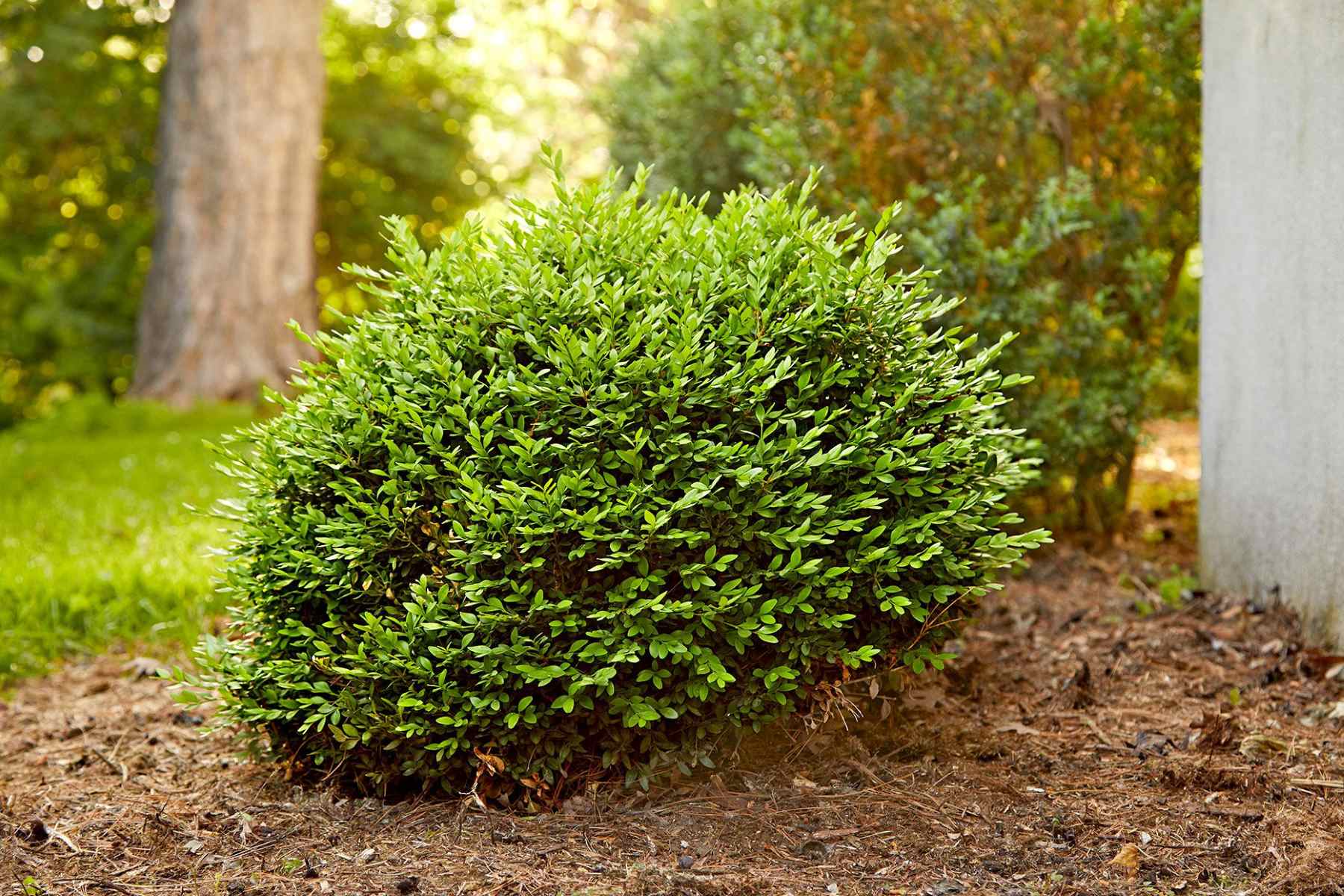
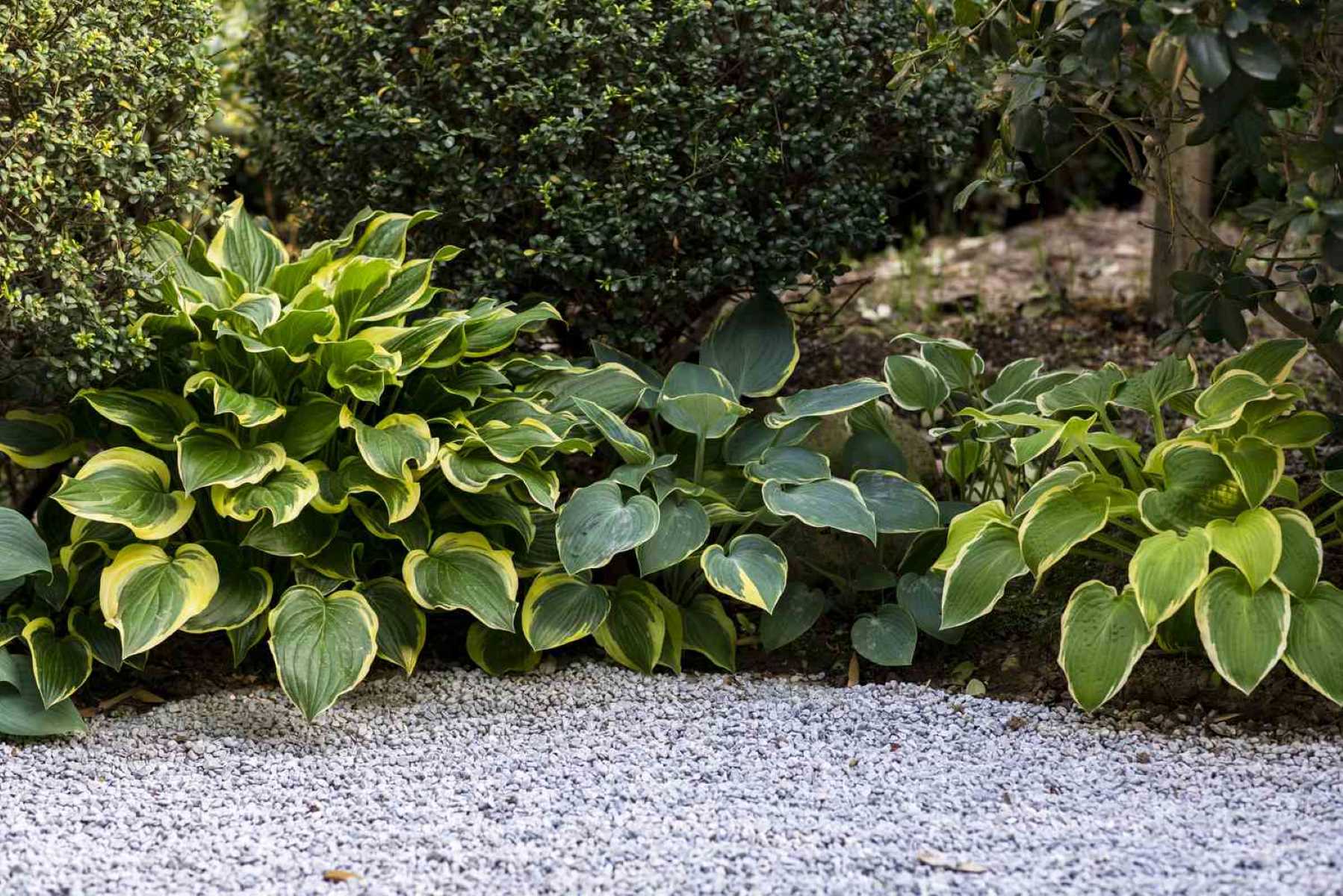
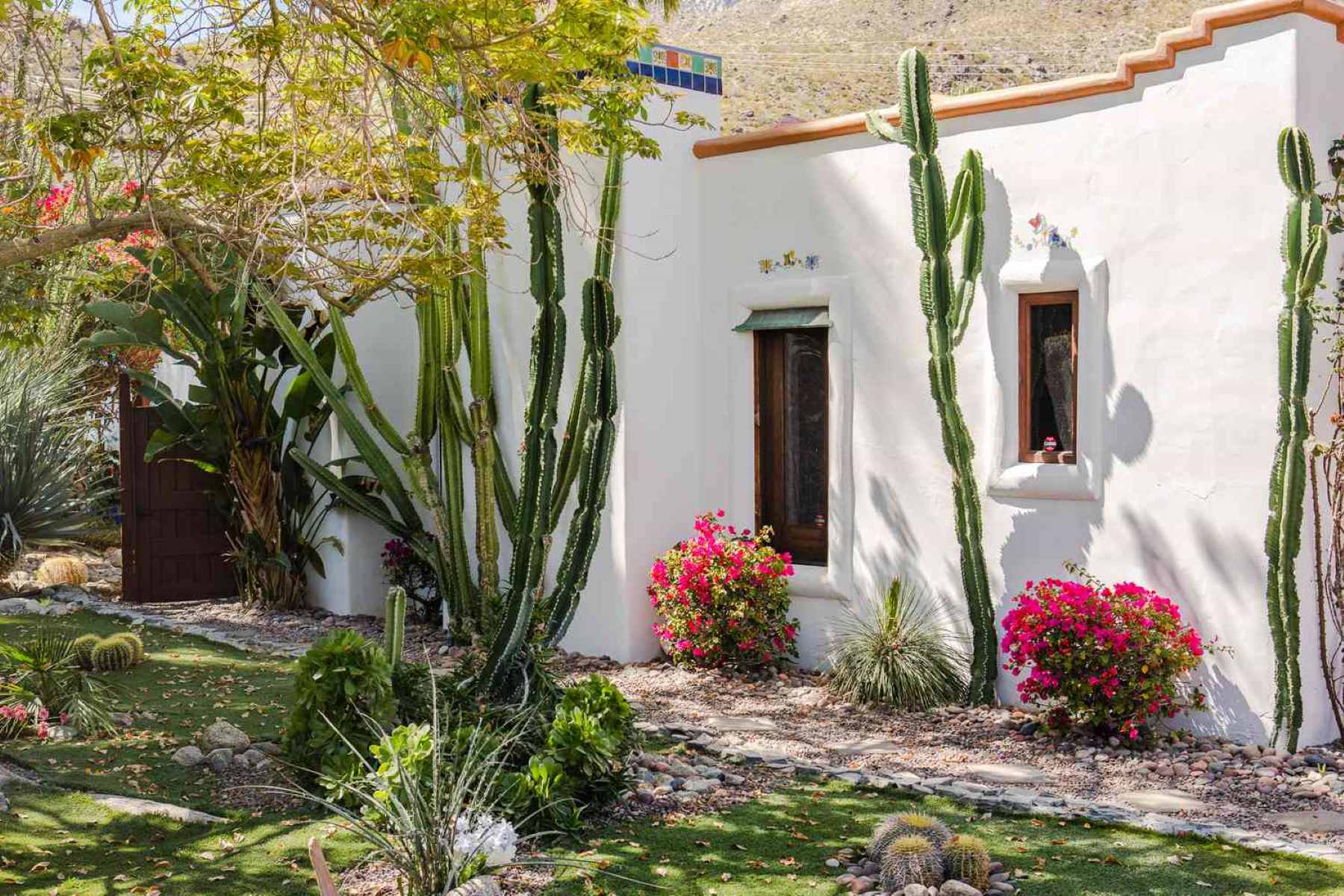

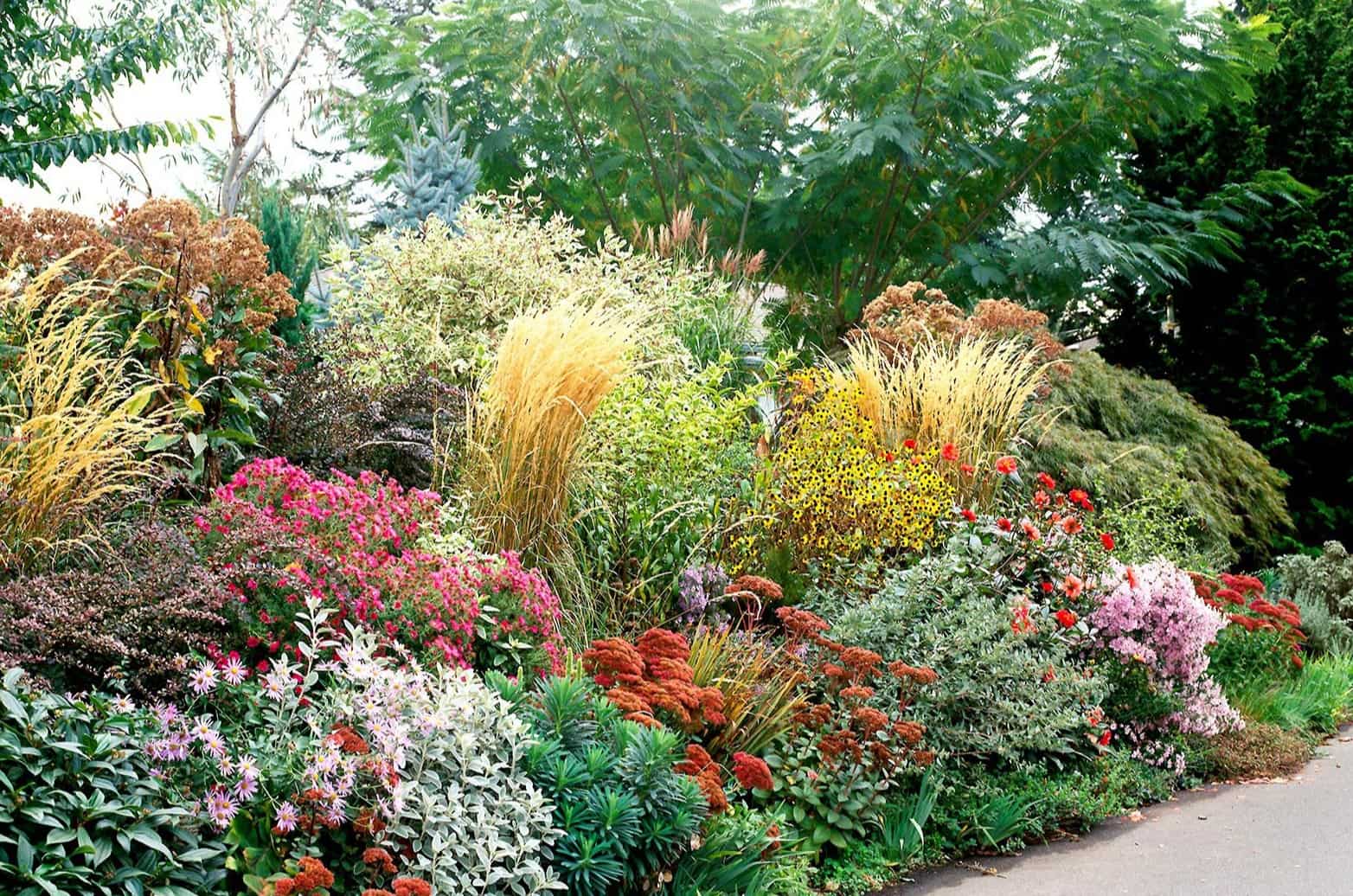
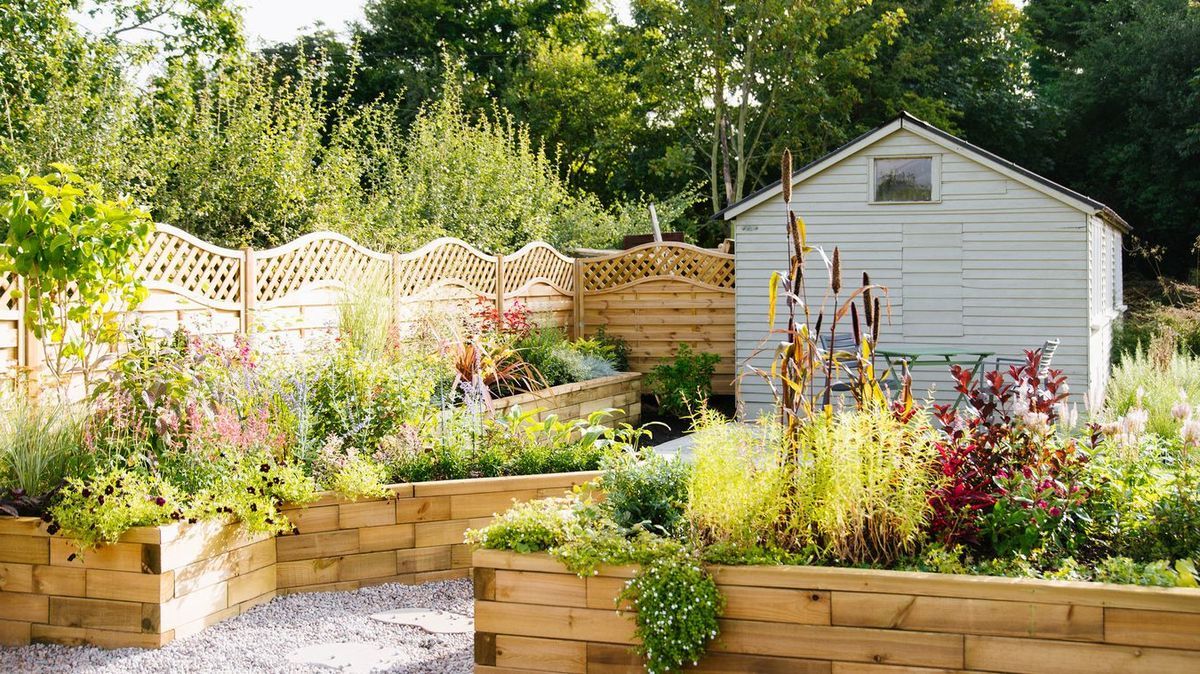
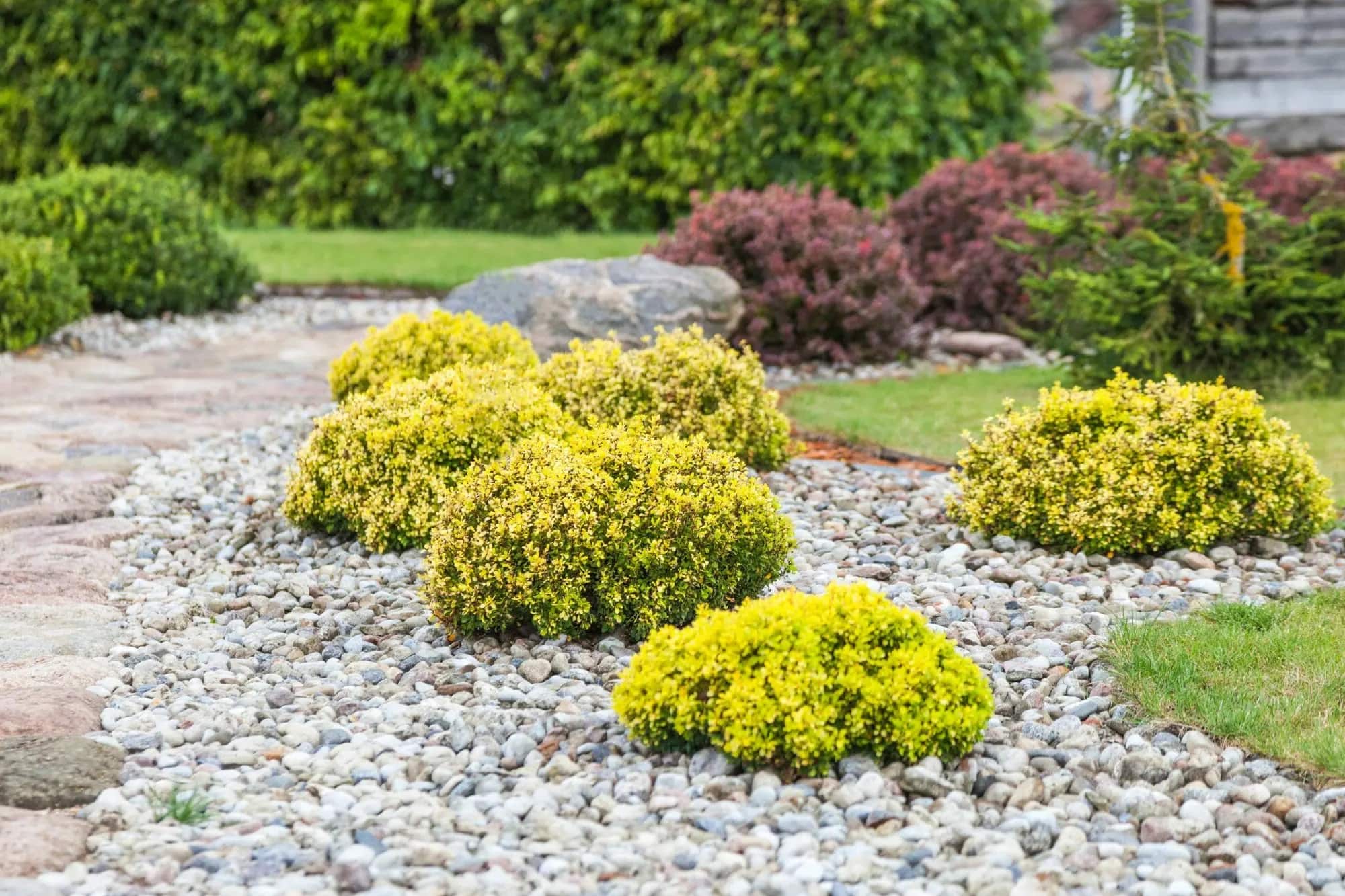
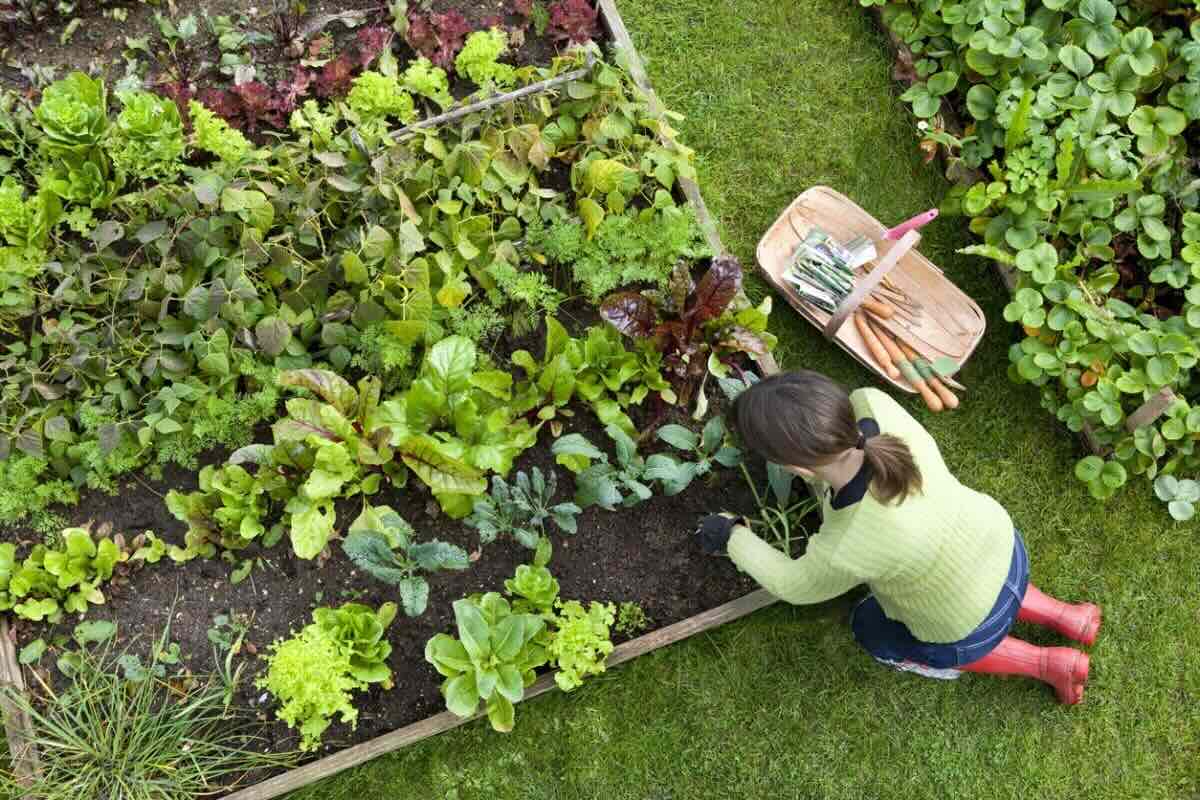
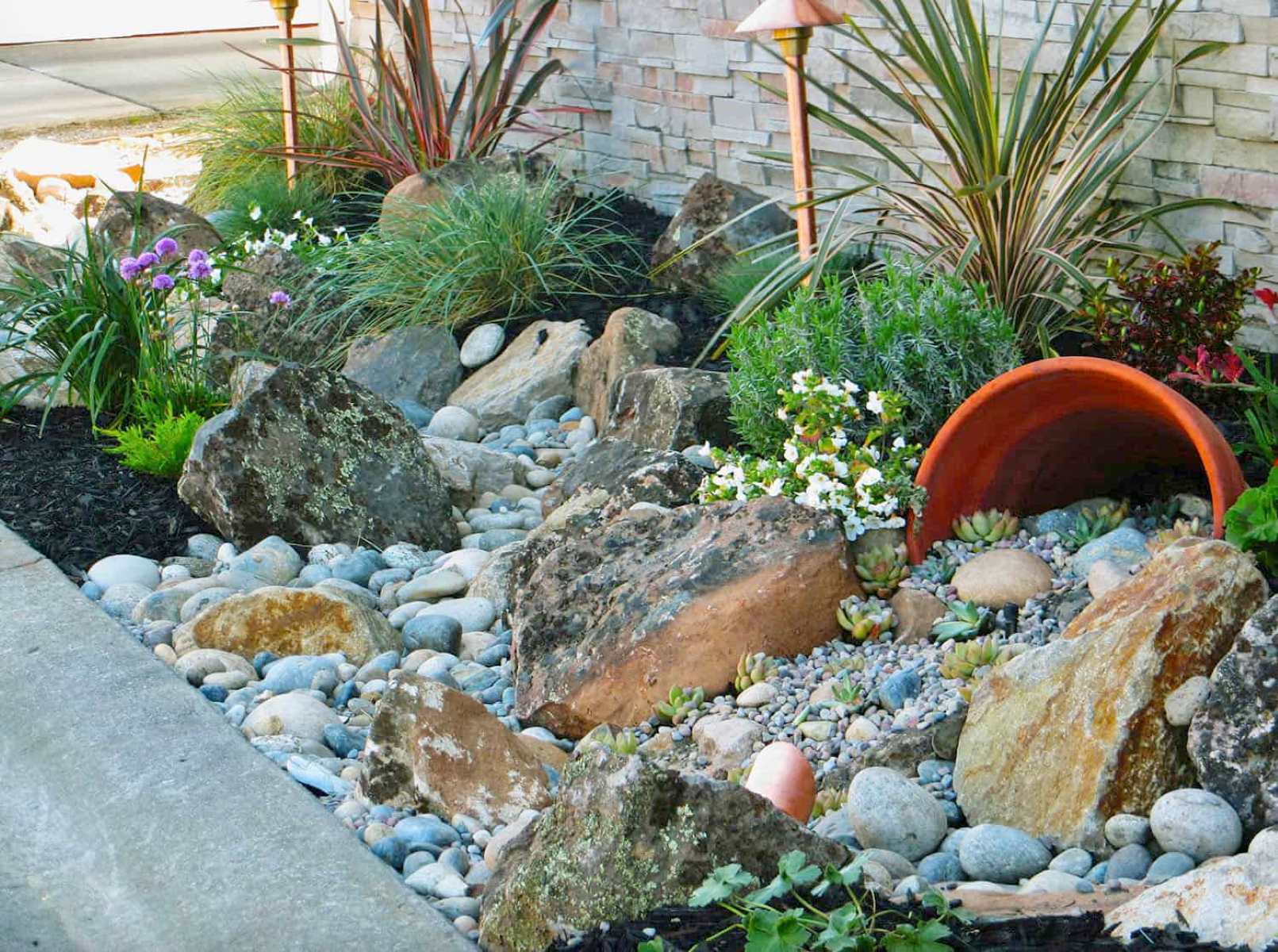
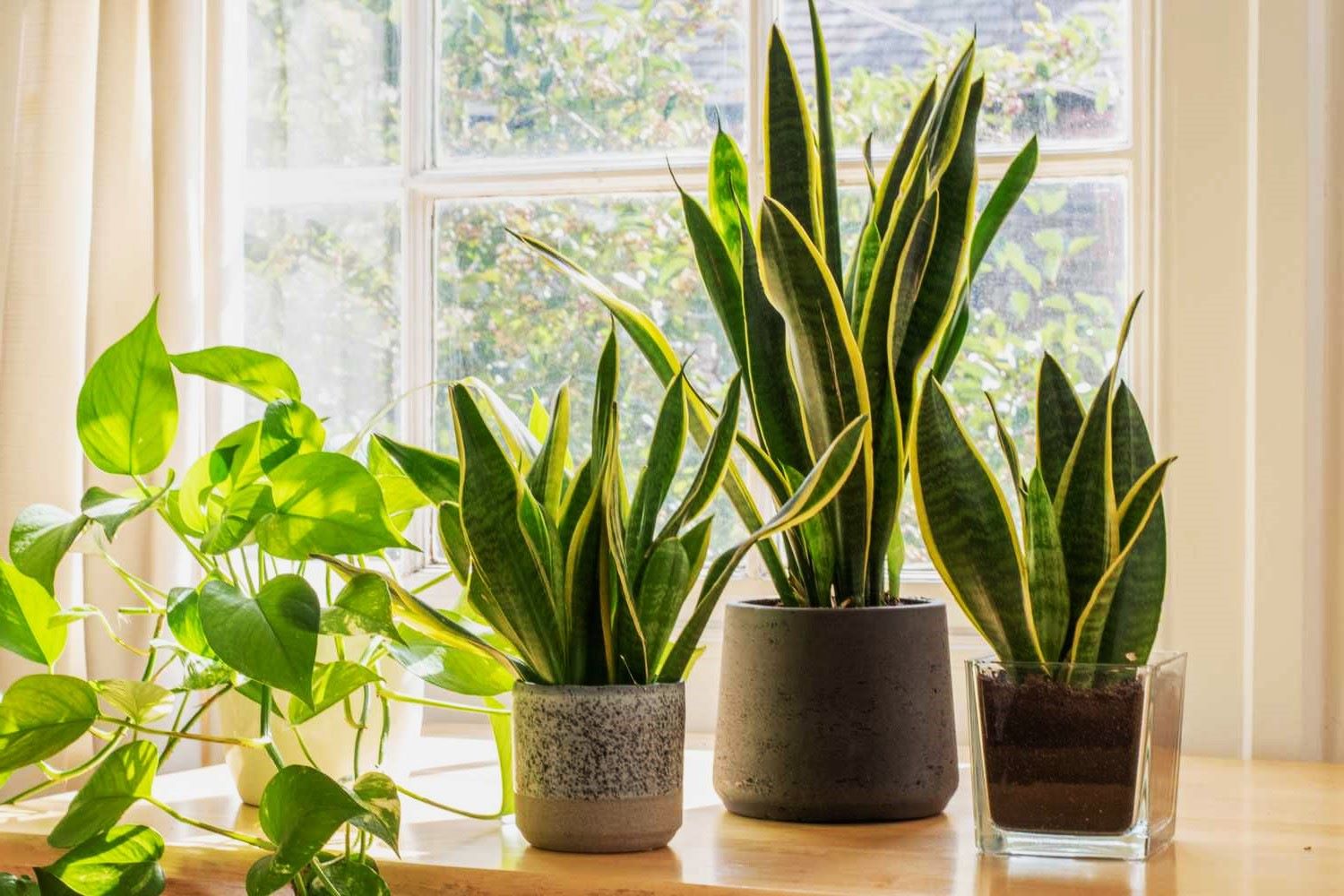
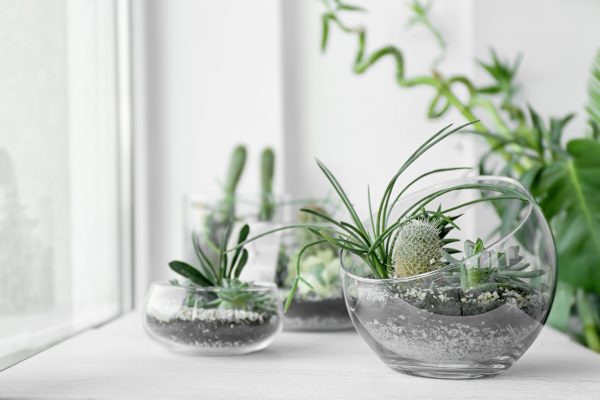
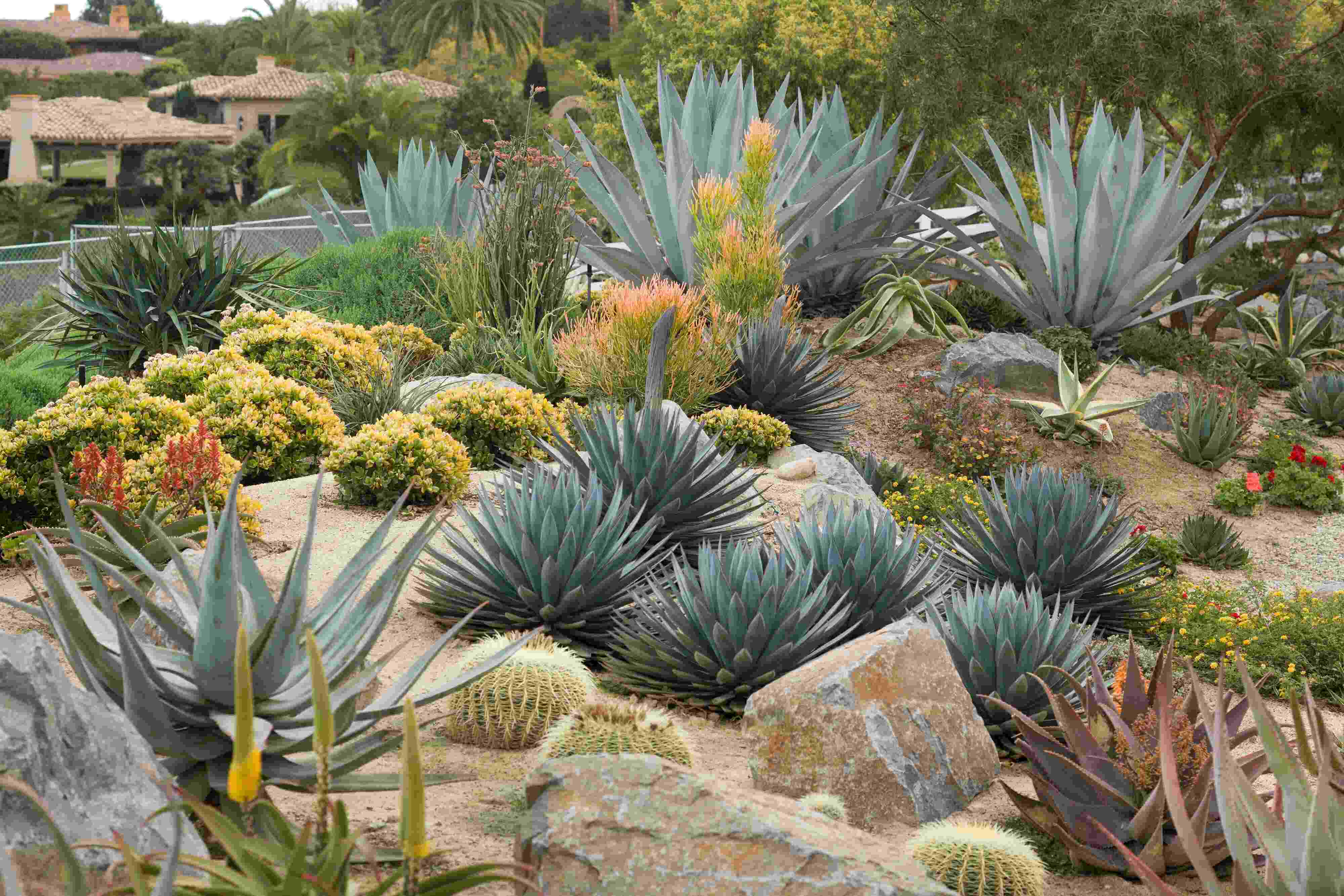
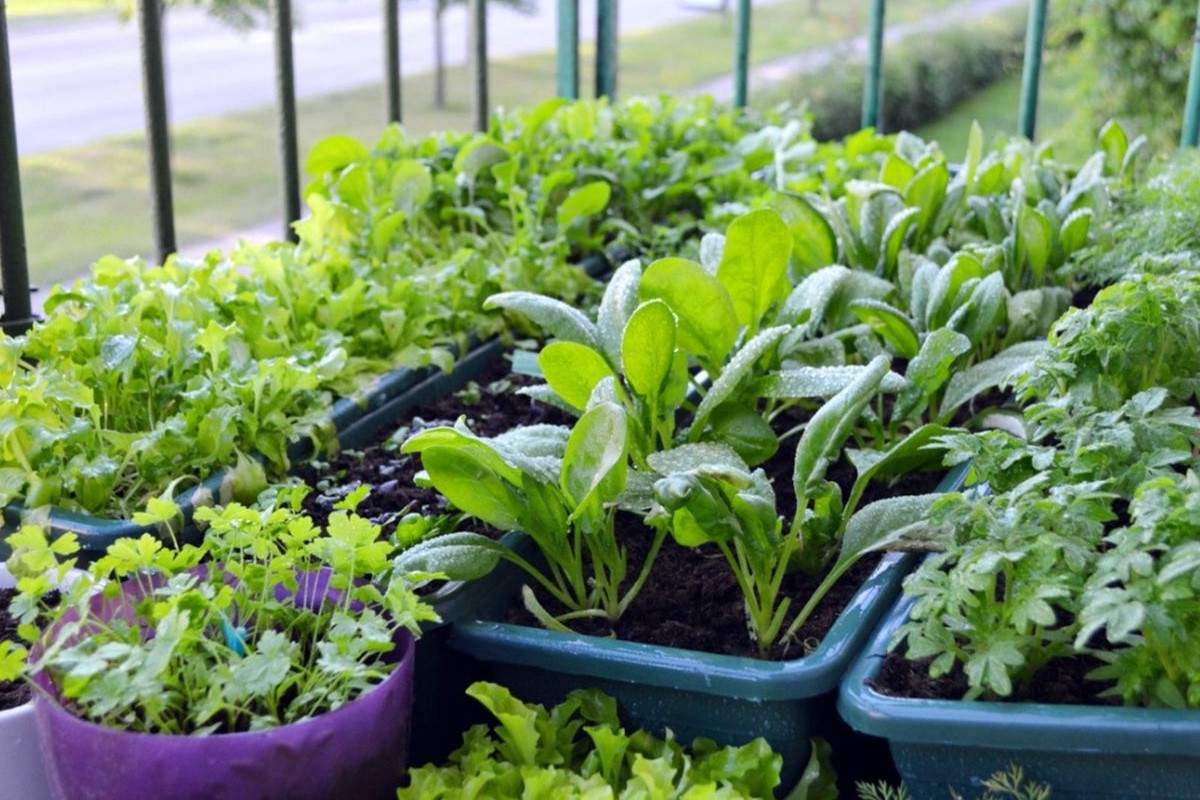


0 thoughts on “Planning A Beautiful And Low-Maintenance Garden”